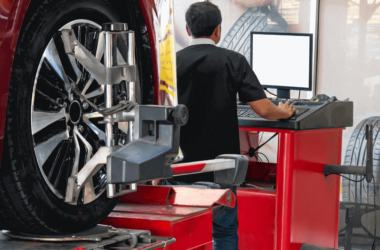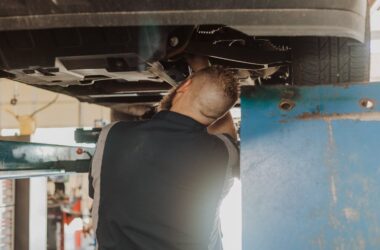Power seats offer undeniable convenience, allowing drivers and passengers to customize their seating position with the touch of a button. However, when these seats begin to move sluggishly, it can be frustrating and even a sign of underlying issues. Diagnosing the cause of slow power seat movement is crucial to resolving the problem and preventing more serious complications. This article explores several potential culprits behind this common automotive issue.
Mechanical Obstructions and Binding:
One of the most common reasons for a power seat moving slowly is a physical obstruction interfering with its mechanism. This could be anything from coins, pens, or other objects lodged beneath the seat, to loose wiring harnesses or even part of the seat’s frame becoming bent or damaged. Another factor is binding in the seat tracks or gears. Over time, dust, dirt, and debris can accumulate, causing friction and hindering smooth movement. Similarly, lack of lubrication on the tracks and gears can exacerbate binding, leading to a noticeable slowdown.
Electrical Issues: Weak Connection and Voltage Drop:
The power seat relies on a consistent and adequate electrical supply to function properly. A weak or corroded connection to the seat motor can result in insufficient power delivery, causing the seat to move slowly or erratically. This can manifest as a loose connection at the fuse box, a corroded ground wire, or frayed wiring within the seat’s electrical harness. Furthermore, a voltage drop along the wiring can also contribute to slow movement. This occurs when the voltage reaching the motor is significantly lower than the voltage supplied by the car’s battery, often due to resistance in the wiring or faulty connectors. This is where the Auto Repair in Thomas, Ga based services come forth with the best solutions now.
Failing Seat Motor:
The seat motor itself is susceptible to wear and tear over time. The brushes inside the motor can become worn down, leading to reduced performance and a slower response. Similarly, the motor’s internal components can become damaged or corroded, further hindering its ability to function efficiently. A failing motor will often exhibit other symptoms besides slow movement, such as a grinding noise or complete failure to move in certain directions.
Control Module Problems:
In some vehicles, the power seat is controlled by a dedicated control module. If this module malfunctions, it can disrupt the signals sent to the seat motor, leading to slow or unpredictable movement. This can be a more complex problem to diagnose, often requiring specialized diagnostic tools and a thorough understanding of the vehicle’s electrical system. Symptoms may include intermittent movement, failure to respond to certain controls, or error codes related to the seat control module.
Addressing the Issue:
Diagnosing the cause of slow power seat movement requires a systematic approach, starting with a visual inspection and progressing to electrical testing. Cleaning and lubricating the seat tracks and gears can often resolve binding issues. Tightening loose connections and cleaning corroded terminals can improve electrical conductivity. If the motor is failing, replacement is typically the best solution. For more complex issues related to the control module, professional assistance from a qualified technician is recommended.







